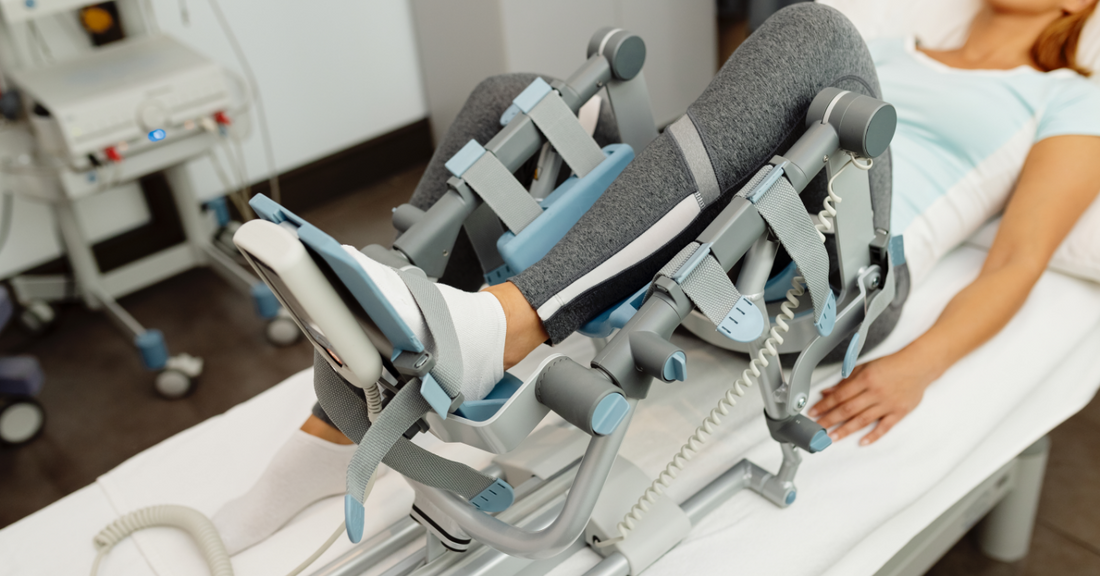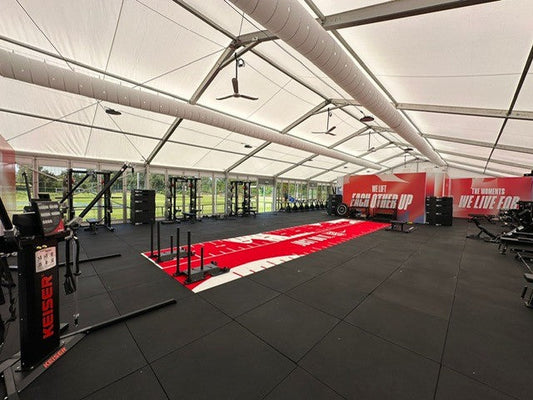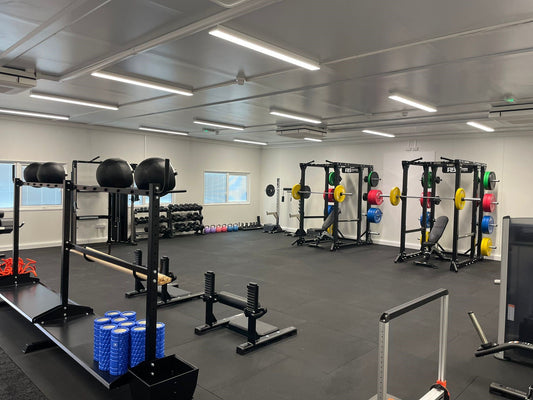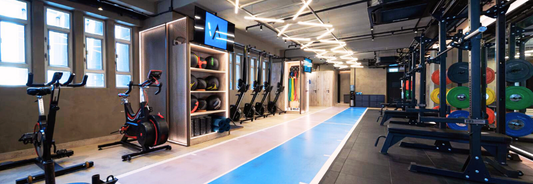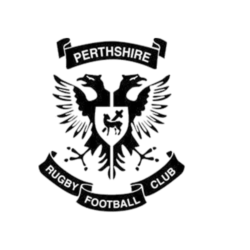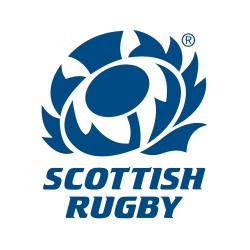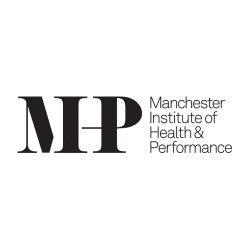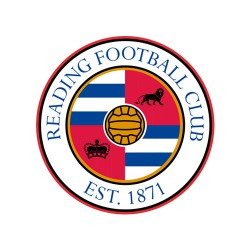All performing athletes are at constant risk of getting injured and for some, it’s almost inevitable.
Which is why the sports industry has put so much effort and resources into proper injury recovery and rehabilitation. We’ve vastly improved our equipment and techniques when it comes to helping injured athletes get back to peak condition as quickly and safely as possible.
Unfortunately, things don’t always go to plan and some athletes, whether through their own decisions or those of their support team, choose to rush their rehabilitation process, which can have a negative impact on results.
The sort of injuries that require rehabilitation almost always have the ability to derail or even end an athlete’s career. When you’ve been fighting and sacrificing your entire life in the pursuit of a singular goal, it’s pretty difficult to accept that it could all vanish because of a single bad moment.
The waiting to heal after injury and the long road to successful rehabilitation can be torture for a lot of athletes. Which is why, in some cases, this process is rushed.
However, rushing rehabilitation is going to lead to nothing but disappointments and even more pain.
Here are some of the consequences of improper rehabilitation:

1. Prolonged Rehabilitation Period
The rehabilitation period is the hardest part of the healing process for athletes.
Not being able to control their fate, not knowing whether they’ll ever be able to get their career back on track. Coupled with having to spend months training and rehabilitating instead of being out on the field competing and you’ve got a pill that’s very difficult to swallow.
And some athletes would rather choke.
This is why the moment they get back on their feet, these athletes start pushing themselves harder and harder to start competing again, while ignoring their need for proper recovery. The consequences for this are pretty obvious. They aggravate1 their injury and things only get worse.

2. Stalled physical performance
When athletes rush their recovery, they run the risk of never having their bodies return to peak physical condition, let alone surpass it.
Remember, we’re not talking about a scraped knee here, the injuries that require long rehabilitation are serious and can’t be fixed with plaster and some rest.
Improper rehabilitation can lead to permanent damage to the athlete’s body.
With improper rehabilitation and support, the athlete’s injury may never heal, affecting their ability to return to perform at the same level. This is especially devastating for athletes still climbing through the rungs of their sport2 and had the potential to be elite.

3. Increased mental Trauma
Some athletes never seem to get their ‘competitive edge’ back after a major injury or accident.
This isn’t as easy to diagnose during rehab but is something that affects a ton of athletes. Not taking care of your athlete’s mind during rehabilitation can have as much impact as improper physical care.
They could be traumatised by the severity of the accident and become afraid of getting injured again. This happens a lot in motorsports where racers who had particularly terrifying accidents aren’t as confident in making manoeuvres and overtakes as others.
They begin to avoid the situations that led them to the injury, the same situations that will lead them to greatness.
Or they could lose trust in themselves and their ability. Some athletes run the risk of letting self doubt and negativity fill their minds throughout the healing phase and destroy their confidence in themselves and their abilities. This can also happen if expectations during recovery are not properly managed and the athletes aren’t prepared for the drop in their abilities when they start rehab.
Taking care of your athletes mental health is just as if not more important than the physical recovery itself. We need to pay close attention to their mindstate and manage expectations.
After all, it would be a shame to rebuild3 their perfect body but lose the mind.

4. Increased risk of career ending injuries
This one is something we, unfortunately, see happening too often.
When athletes rush their recovery and start competing too soon, they put themselves back in the stressful, environment that got them injured in the first place, only now, they are potentially not nearly as strong.
It’s pretty easy to see how this is a disaster waiting to happen.
Because their body isn’t as strong as before, it takes a lot less strain to aggravate their injuries. What’s even worse is that if they do find themselves in a similar or even more dangerous position, they aren’t going in with the same resistance as before and risk that body part failing… permanently.
What would have been a strain could turn into a torn ligament or a broken bone, all because that area was much weaker than normal. These4, coupled with past injuries can lead to the athlete developing a career ending injury.
What Can You Do To Help
Sports science has grown at pace in the last few decades and there are now a massive amounts of options available for you to not only speed up the recovery of your athletes but also make their rehabilitation much more effective. Have them coming out of the other side a much more focused and prepared athlete than ever before.
Checkout our article on proven techniques for a faster recovery to get a detailed look at all the ways of speeding up your athletes rehabilitation and getting them back to sport in the fastest time possible. Or download our Physiotherapy Catalogue.

References
1 - Fournier, M. (2015), Principles of rehabilitation and return to sports following injury. Clinics in podiatric medicine and surgery, 32 (2), pp.261-268.
2 - Being unable to return to the same level of performance. Bien, D.P. and Dubuque, T.J. (2015). Considerations for late stage ACL rehabilitation and return to sport to limit re‐injury risk and maximize athletic performance. International journal of sports physical therapy, 10 (2), p. 256.
3 - Ardern, C.L., Taylor, N.F., Feller, J.A. and Webster, K.E. (2013). A systematic review of the psychological factors associated with returning to sport following injury. British journal of sports medicine, 47 (17), pp. 1120-1126.
4 - Barber-Westin, S. and Noyes, F.R. (2020). One in 5 athletes sustain reinjury upon return to high-risk sports after ACL reconstruction: a systematic review in 1239 athletes younger than 20 years. Sports Health, 12 (6), pp. 587-597.


